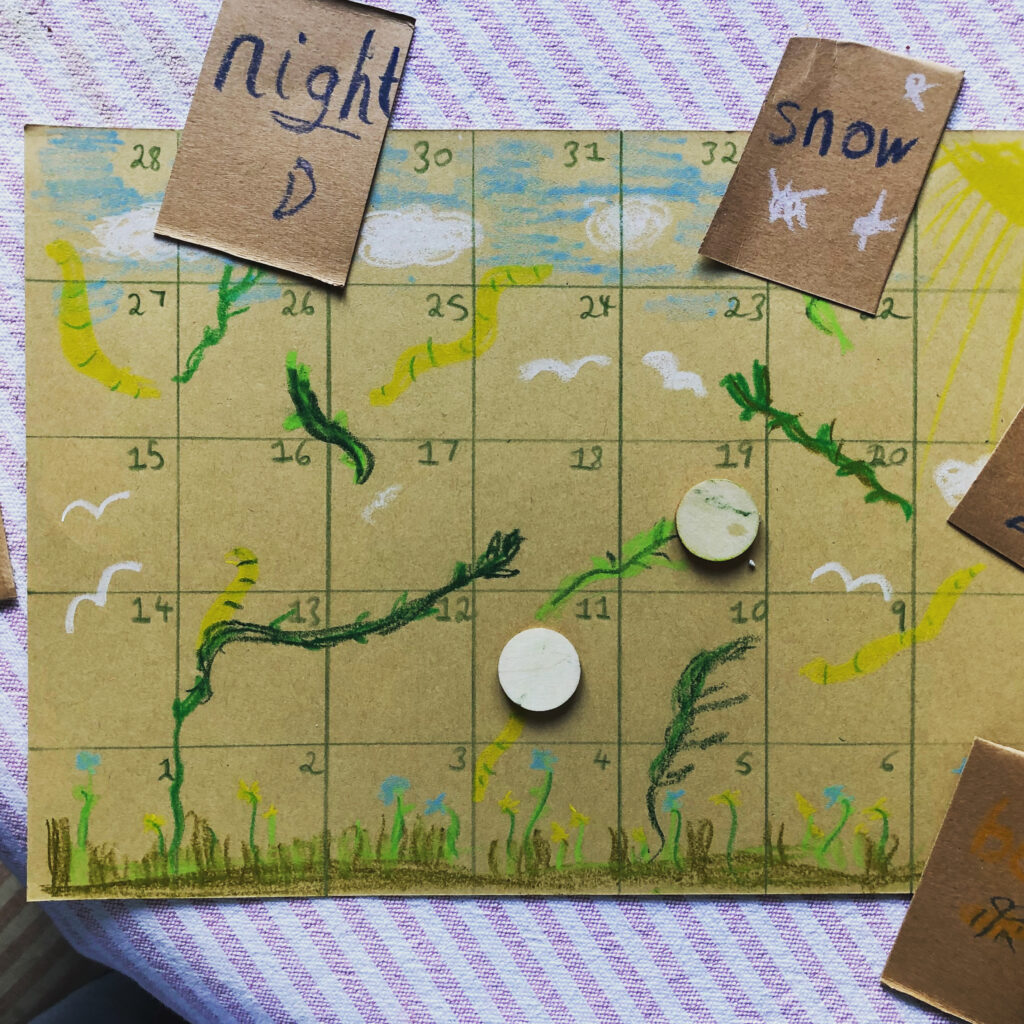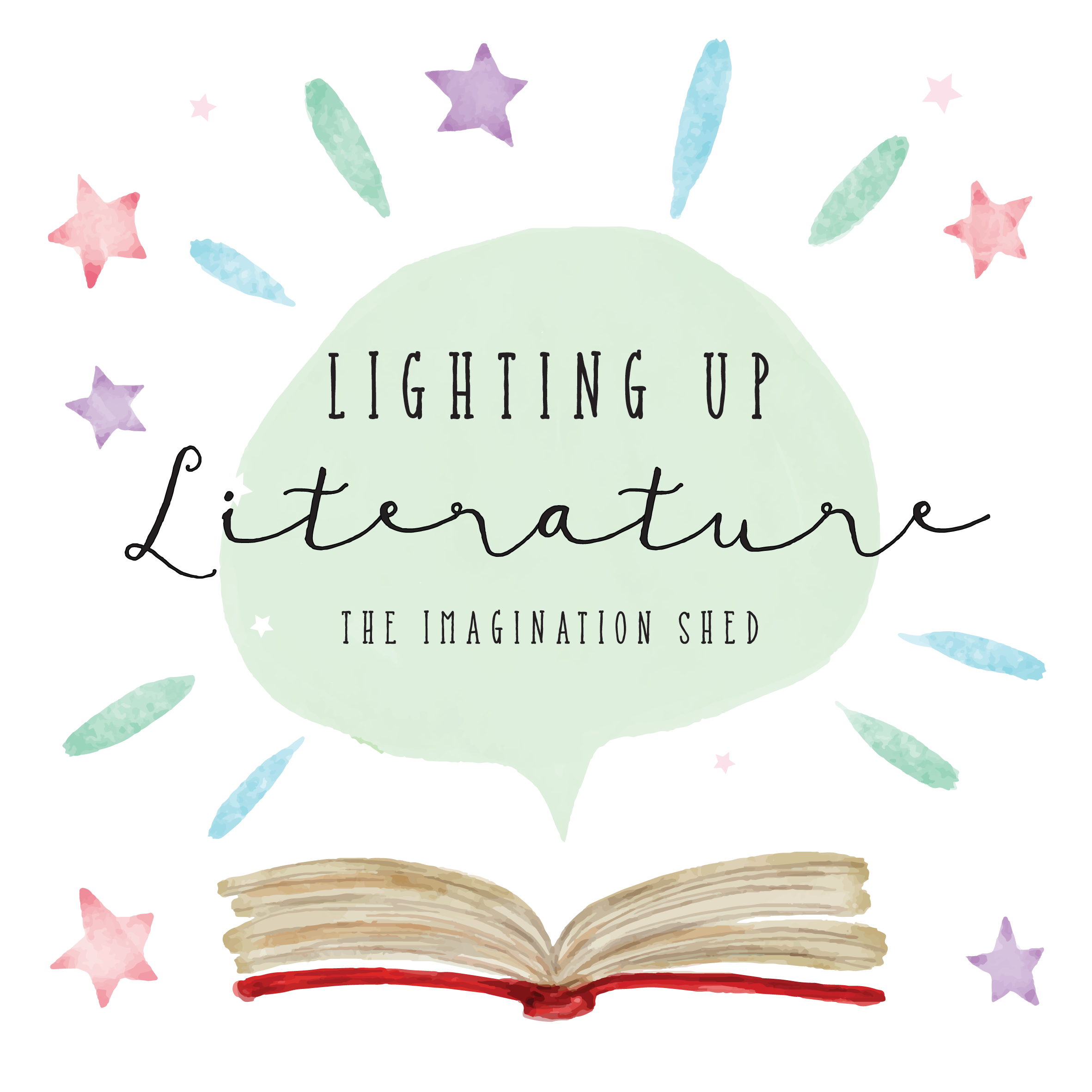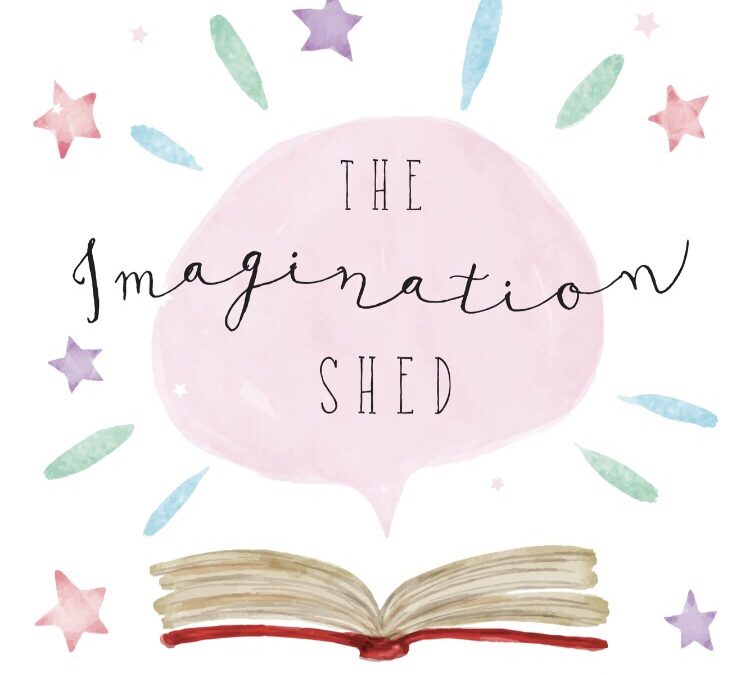Last month I was honoured to be interviewed by a local author who was writing an article advising parents about how they can support their children’s learning at home. In our discussion around the many forms that learning can take, we explored the role of play.
The value of play in the early years is well-documented. When a five-year-old throws a ball, they are investigating trajectories, gravity and air resistance, building their coordination and motor planning skills. A four-year-old holding a teddy bears’ picnic is developing social skills, imagination and empathy.
The Oxford Learner’s Dictionarydefines play as an intransitive and transitive verb which means “to do things for pleasure, as children do; to enjoy yourself, rather than work.” Here, play is defined as the opposite of work. However, Maria Montessori once famously said, “Play is the work of the child” and Jean Piaget, the psychologist, said, “Play is the work of childhood.” This invites us to take a respectful view of the child throwing their ball. Instead of thinking that they are having fun playing and their game additionally, even coincidentally, may have some educational merit, we can, instead, view them as a person at work.
What of the older child?
In my workshops and tuition, I often invite children to take the hot seat and take on the role of a character. This is, to a degree, adult-led, in the sense that this part of the session is structured and planned by me. I would define it as work; it is a drama or speaking and listening exercise. Last night, my son put on his Harry Potter glasses and robe and invited us all to join him at herbology and the whole family ate our supper in character as Dobby, Harry and Hermione, with even the baby joining in as Neville. Here, my son was playing, and we were, rather beautifully, drawn into his game. But the work he was doing was the same: building empathy, the ability to inhabit a character and communicate this change through his voice and body and developing more in depth understanding of a story. Was he having a drama lesson or playing at home? With parenthood, home education and family life, the lines are not always easily drawn. When looking at our household spending, I am never quite sure how to categorise things. If I buy my son a tennis racket, is this “Sports and Hobbies” or “Education”? Is it play or work? If we go on a trip to a museum, is this a “Family Outing” or an “Educational Experience?” Of course, the answer is all of the above, and that, for many of us who choose to educate outside of school, is the point.
Video or board games, music, sport, drama and artistic pursuits like craft and painting, all provide opportunities for play, and for developing our skills and knowledge. And if that’s the case, then do any of us really ever stop?
Here are some ideas for playful educational activities, for all ages.
Literature Inspired Play
Build a setting with Lego or cardboard.
Retell the story or create an alternative version with puppets, props or costumes.
Take on a character.
Language and Reading Play
Twenty Questions or Animal, Vegetable, Mineral are great games to build classification skills.
I Spy with a twist – look for things end with a specific sound or blend or which rhyme with another word – can build phonological awareness.
Make a Snakes and Ladders board with a digraph, trigraph, blend, complex vocabulary such as poetic terms etc. on each square. The slightly rustic attempt I made for my son which he loved is here:

Writing Play
Play Consequences or make Mad Libs (here is a fun online generator: https://www.glowwordbooks.com/blog/category/kids-online-mad-libs/) We had heaps of fun with this the other day!
To view all of our resources, which include lots of inspiration for playful and holistic learning opportunities, click here.
What playful activities do you and your family enjoy as part of your home educating journeys?

